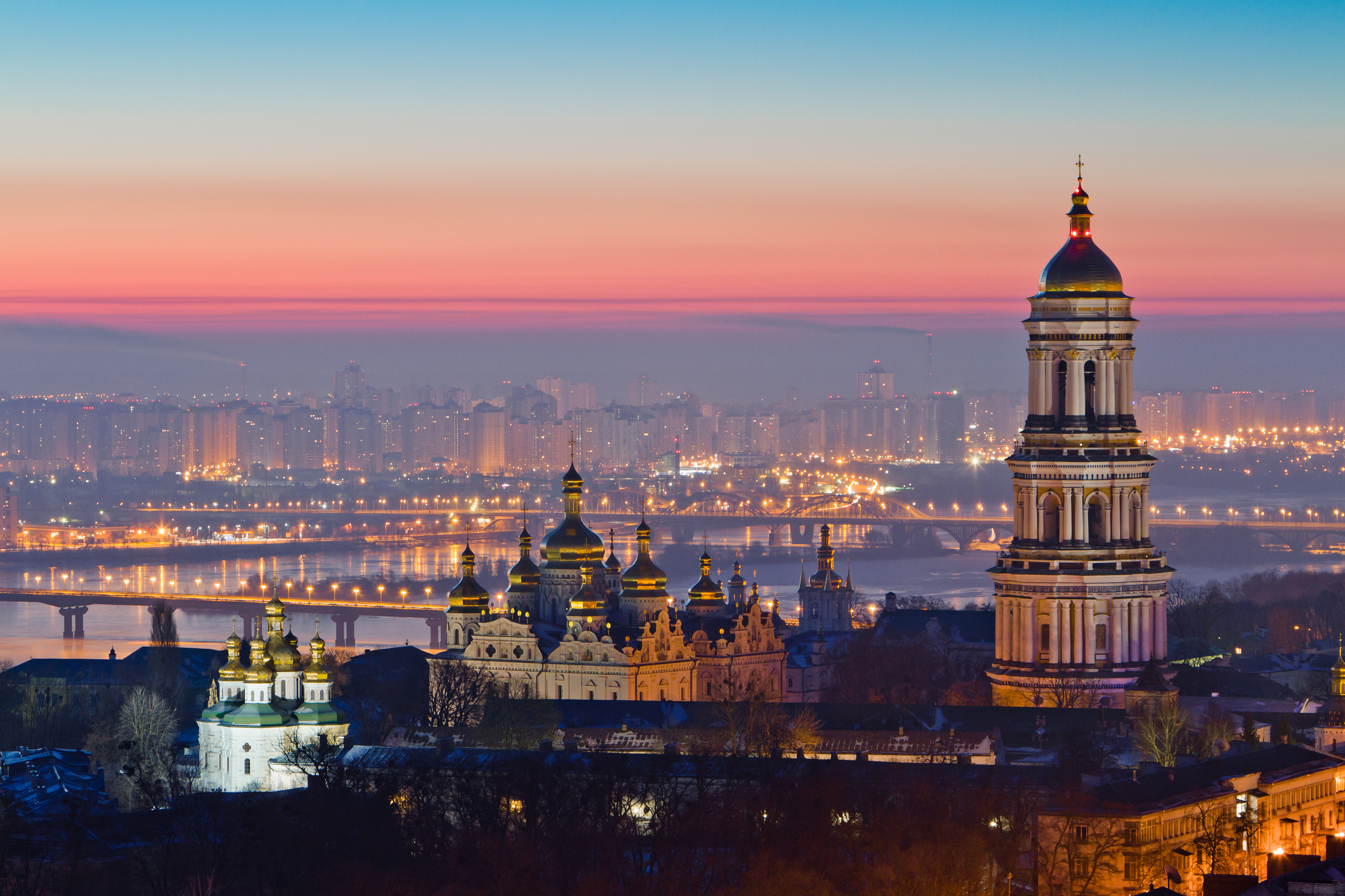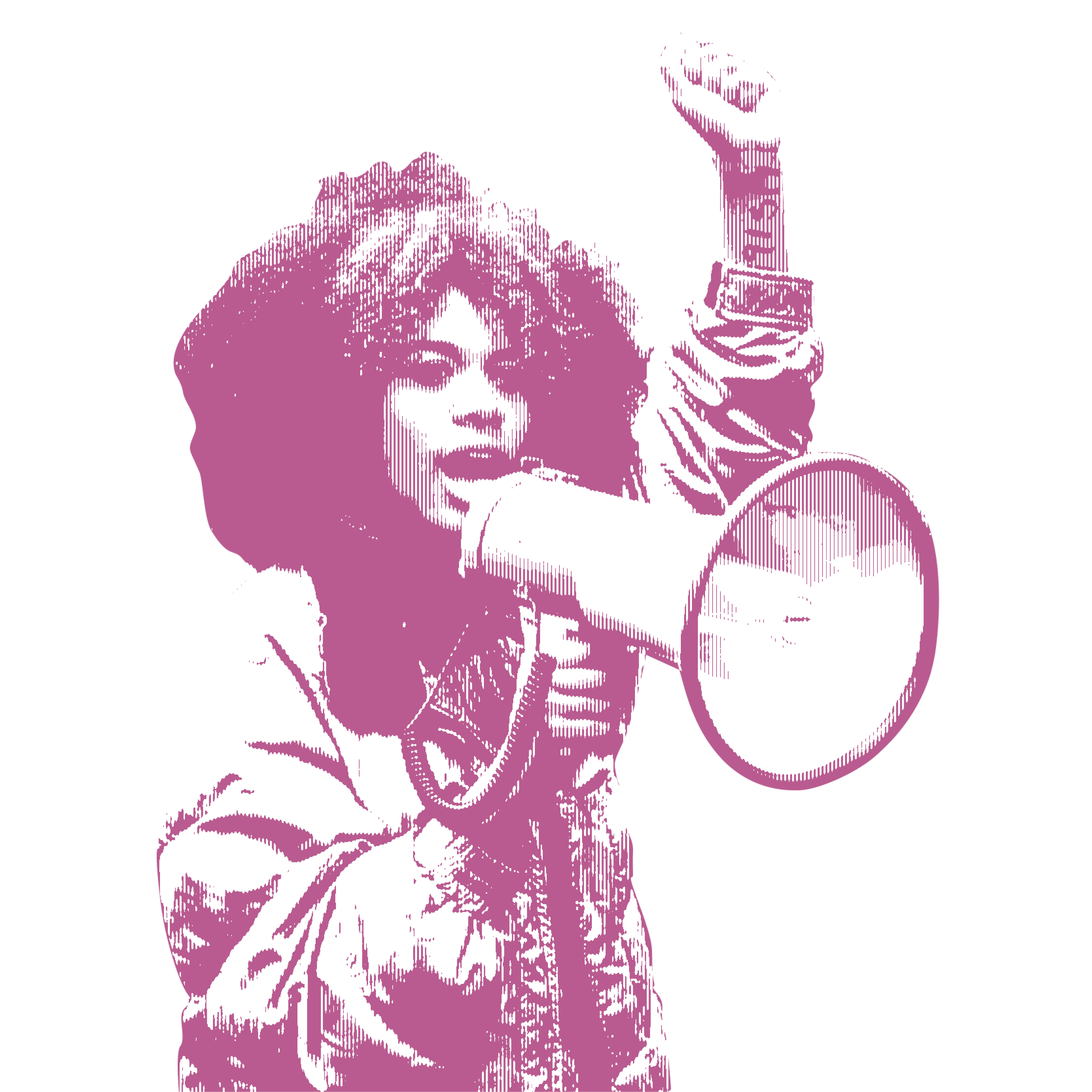On a Sunday morning in late September, a small crowd of mourners gathered in a cemetery in Kyiv to bury Vitaly Shishov, a 26-year-old Belarusian activist who had been living in exile in neighbouring Ukraine. In early August, Shishov went for a run and never came back. He was found hanging from a tree in a park near his home. His friends and supporters suspected foul play and the Ukrainian police opened a murder investigation.
After the funeral, a few people made their way to Independence Square in the city centre, the site of bloody battles during Ukraine’s revolution in 2014. Belarusian exiles in Ukraine gather every weekend to protest against the authoritarian policies of Alexander Lukashenko, president of Belarus. The demonstrators’ sweatshirts, socks and caps are red and white and emblazoned with a white knight: Belarus’s opposition movement has adopted the flag and coat of arms of the Belarusian People’s Republic, which existed for nine months in 1918 before the country became part of the Soviet Union. One man pointed to the knight on his top and told me that in Minsk, the capital of Belarus, he would be arrested for wearing it.

As a nonprofit journalism organization, we depend on your support to fund more than 170 reporting projects every year on critical global and local issues. Donate any amount today to become a Pulitzer Center Champion and receive exclusive benefits!
Belarusians began arriving in Kyiv in the summer of 2020, after Lukashenko stole a sixth term in a rigged election, declaring himself the winner with 80% of the vote. Hundreds of thousands of demonstrators took to the streets of Minsk in uproar. The police responded violently, beating protesters and spraying them with tear gas. By December, according to Nash Dom, a Belarusian charity, 30,000 demonstrators had been detained and more than 4,000 said they had been tortured.
The Ukrainian government welcomed the refugees and helped Belarusian companies relocate. But since Shishov’s death a few weeks ago, Kyiv feels like less of a safe haven. “It turns out they can kill us here too,” said Anna, a woman in her 30s, who left Belarus four months ago. A friend of hers, Lida, said she was so scared after Shishov’s body was found that she didn’t leave her house after dark for four days.
While we were talking, a lanky, bald man handed Anna a poster with a picture of a smiling Shishov and the words: “Killed on August 2, 2021 by the security forces of Lukashenko’s regime!” The man, Yuri Shchuchko, used to work in a factory in Minsk, and had joined the protests against Belarus’s president after the election. He fled Belarus in November 2020. He was friends with Shishov and had seen him two days before he died.
'Everyone is leaving our country. Doctors are leaving, intellectuals are leaving, architects are leaving'
As locals and tourists milled around the square, about 30 Belarusian exiles stood in a row, wrapped their flags tightly around themselves and held up posters of the dead activist. “We need the truth!” they chanted. “Heroes never die!” Shchuchko addressed the group with a megaphone: “We all need to pressure the official organs of Ukraine to ensure that everyone who participated in this killing is brought to justice,” he said. “Long live Belarus!”
Belarusian exiles believe Russian agents in Ukraine killed Shishov. As former Soviet republics, both Ukraine and Belarus retain strong political and economic ties with Russia, but each has followed a different path. Ukraine ousted its Kremlin-backed president, Viktor Yanukovych, in 2014 (he then fled to Russia) and its government has become a vocal critic of Russian policies. The Kremlin has supported Lukashenko’s violent crackdown, worried about losing another ally.
After Shishov’s body was found, Ukraine’s government said that it knew of several threats against Belarusian exiles. Shchuchko said he wasn’t scared, but admitted that things were now “unpleasant” for Belarusians in Ukraine. As a prominent exile, Shchuchko has been summoned to have what he called “informal conversations” with the Ukrainian security services. He has decided to move to Germany and won’t say what happened during those encounters until he has left Ukraine.
Shishov had run the Belarusian House in Ukraine, an organisation that advises exiles on how to secure work, housing and visas. “He helped a lot of people,” said Shchuchko. I asked him how the funeral had gone. “Thank God it happened with no provocations [meddling], just with his immediate circle of family and friends.” Photos show Shishov’s partner, Bazhena Zholudzh, holding a bouquet of red and white roses as an orthodox priest says a prayer over the coffin. The mourners draped a red-and-white flag over the burial mound and put flowers of the same colour on top.
'I’m ready to take up arms against this regime'
As Shchuchko and I chatted, the Belarusians kept chanting. More people arrived and unfurled red-and-white flags. Demonstrators and journalists were filming and photographing the proceedings, but some wanted to avoid the cameras.
One of those hanging back was Yura, a portly, middle-aged man in a black cap and sweatshirt, who told me he’d been detained in Minsk after joining the protests last summer. “There was no water, no windows. The youngest among us was 16, the oldest was 74,” he said. Since moving to Kyiv several months ago he has met new arrivals from Minsk every day. “Everyone is leaving our country. Doctors are leaving, intellectuals are leaving, architects are leaving. There, nothing is changing, it’s only getting worse. Morally, it’s better here. Financially, less so.” On his first night in Kyiv he slept in an underpass.
Yura wouldn’t tell me his surname, fearing for the safety of his wife and children back in Belarus. He is trying to get them out, along with other family and friends (“I have a whole flotilla of people still there”), but isn’t sure he’ll succeed. People exchange tips on Telegram, an encrypted messaging app, about the best ways to get to Ukraine.
As the protesters began to disperse, some heading off to a nearby café, Yura wanted to keep talking – but not where others could overhear. He had come to the square not for Shishov’s sake, he said, but to show his children and his compatriots that the opposition is still alive.
He told me more about what had happened to him in Minsk on one occasion when he went out to demonstrate. He was beaten to the ground, injuring his legs and nose. As he lay on the street, he could see police hitting another man who had already been shot in the chest. “I remember him, what he looked like, this young man. He fell, and the policemen were running and laughing,” Yura paused, tears in his eyes. He showed me a blurry picture he’d taken on his phone: the man lay on the street surrounded by policemen in balaclavas.
That experience, combined with the prolonged separation from his family, has pushed him close to the edge. “I’m ready to take up arms against this regime,” he said. “Before, I wasn’t ready. But now I am. Because I miss my family. My whole life is there. But unfortunately I have to be here.”







